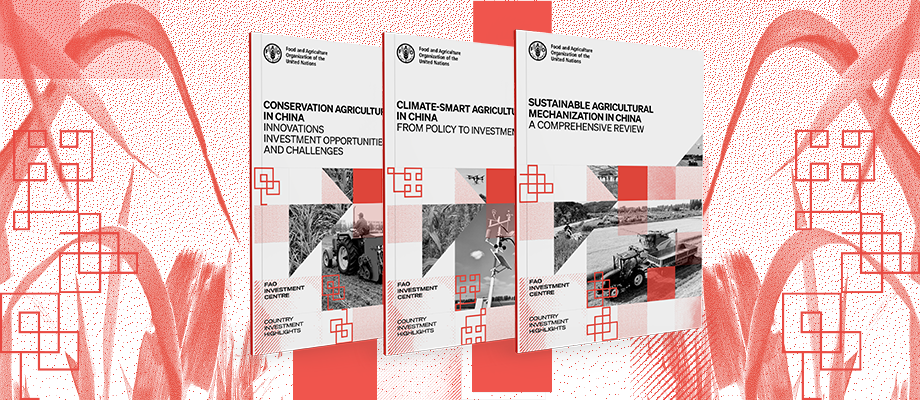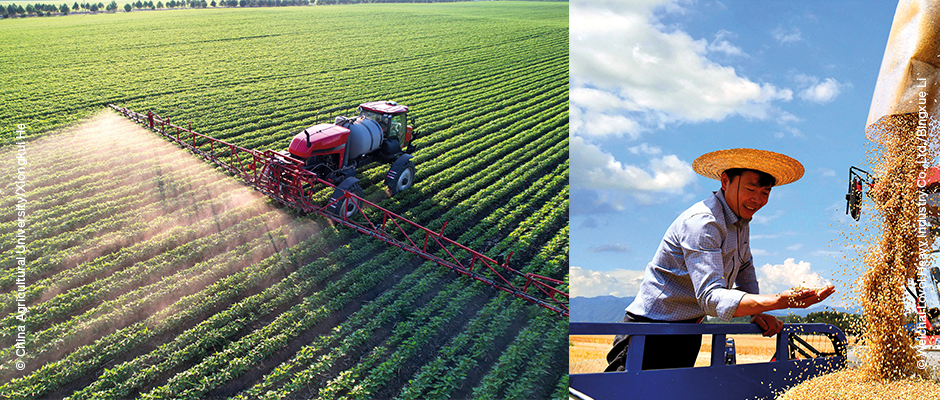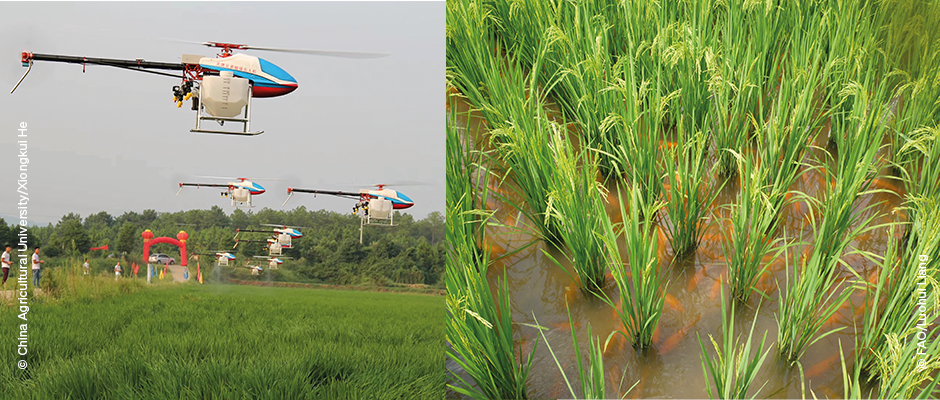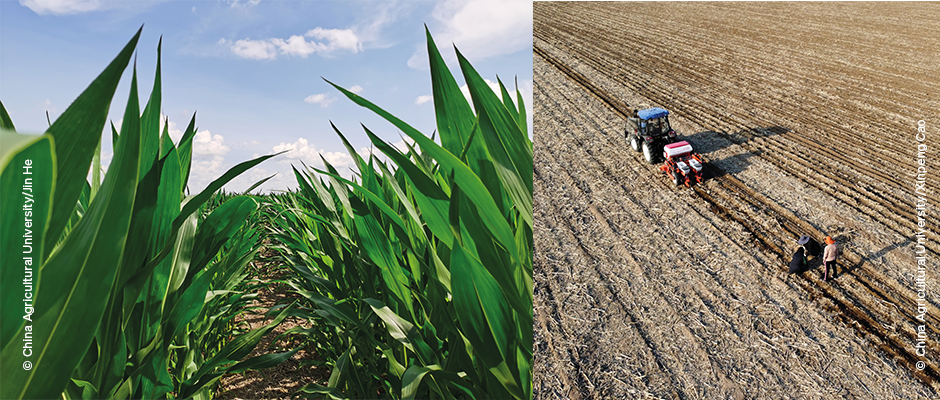
UN Food & Agriculture Oranization draws lessons from China’s farmers in green growth transformation
China’s experiences of agriculture green growth have generated vital lessons for farmers nationally and globally, reveals a new series of reports from the Food and Agriculture Organization of the United Nations (FAO) Investment Centre.
Featuring case studies of farmer empowerment and land regeneration throughout China, the series showcases how some of China’s 250 million smallholders are reaping benefits from greener production methods.
Three key aspects of agriculture transformation are considered; sustainable agricultural mechanization, conservation agriculture, and climate-smart agriculture.

“China is adopting ambitious green growth agriculture policies, strategies and technologies,” said Mohamed Manssouri, Director of the FAO Investment Centre. “FAO are engaging with China’s agrifood transformation – together with partners including the World Bank – through supporting better policies and better investments at scale.”
This new three-part series – developed with the FAO Plant Production and Protection Division as part of a World Bank funded project Transforming Rural China: Greening Agricultural Modernization – focusses on China’s experiences, opportunities and challenges in developing more sustainable agriculture practices, and provides investment and policy recommendations.

China’s agrifood challenges
China has to feed one-fifth of the world’s population on just 7 percent of the world’s arable land, with scarce water resources.
Yet, the country has achieved unprecedented growth in agricultural output, helping to lift more than 700 million people out of poverty over the past 30 years.
But intensive agricultural production has come with a sizeable environmental footprint. It is often reliant on heavy use of fertilizers, pesticides, fuel and water, leading to soil degradation, water contamination and air pollution.
Many of China’s 250 million smallholder farmers are also grappling with intensifying drought, wind and water erosion, nutrient imbalance and invasive species – while an estimated 150.8 million people are malnourished.
In response, China is introducing sustainable agricultural policies, approaches and innovations, aiming to sustain high productivity and generate food and nutrition security, while balancing the need to restore soil health and reduce pollution.
Sustainable agricultural mechanization
China is encouraging farmers to adopt innovative practices and technologies, striving for wholesale agricultural and rural modernization by 2035.
The country is aiming for a 75 percent agricultural mechanization rate for crop production and harvesting.
A surge in agricultural mechanization over the last two decades has brought greater efficiencies – with a 140 percent increase in the power of agricultural machinery.
Agricultural equipment and machineries that are more precise in applications of inputs, leaner and less pollutant are also on the rise. From 2017 to 2020, around 600,000 new tractors and combine harvesters were installed with engines under national Stage III standards – which are designed to reduce soot, smog and harmful pollution coming from the tailpipes of vehicles.
China’s efforts to promote sustainable agricultural mechanization – which aims to achieve agricultural and rural development while minimizing environmental damage – are generating strides in greener manufacturing systems, field machinery and equipment, and increasing the uptake of modernized crop production systems.

Regenerating degraded lands with conservation agriculture
Investment in conservation agriculture – a cropping system that can prevent soil losses while regenerating degraded lands – has been shown to effectively reduce wind and water erosion, promote soil fertility, preserve soil moisture, and increase drought resistance in various trial programmes in Northeast China.
Here, the goal is to reach 9.33 million hectares of land farmed under conservation agriculture by 2025 – equating to about 70 percent of suitable arable land.
Decades of research and innovation has led to the development of tailored conservation agriculture tactics for various climatic and soil conditions or cropping systems, including the black soil region in Northeast China, the Loess Plateau and the oasis agricultural region in Northwest China, the Huang-Huai-Hai annual double-cropping region, and the plain region along the Great Wall in North China.
“China is bringing greener agricultural practices into communities and providing valuable opportunities for piloting and capacity development,” said Jingyuan Xia, Director of FAO’s Plant Production and Protection Division.
“With the right farming policies, China is making strides towards sustainable agriculture and regeneration. Targeted investments will further drive rural transformation,” said Xia.

Climate change adaptation and mitigation through climate-smart agriculture
Climate-smart agriculture aims to develop climate-resilient, climate-adaptive and sustainable agrifood systems.
This approach has shown a remarkable ability to reduce or remove agricultural greenhouse gas emissions, increase productivity, and improve agricultural quality and income through ground-breaking projects in Huaiyuan County in Anhui province, Yexian County in Henan province, and elsewhere.
“Across the board, results from China show that – despite considerable challenges and conflicting pressures – encouraging these more sustainable approaches in various climatic and soil conditions can yield impressive results,” said Ladisy Chengula, World Bank’s Lead Agriculture Economist.
Yet, more sustained investment is needed to roll out these proven effective approaches across more farmers’ fields.
Investment is particularly needed in more precise and leaner machinery and equipment, and in scaling up more sustainable production and manufacturing technologies.
Sustained efforts in outreach and demonstrations in rural communities are required, to support farmers to sustainably modernize their farms.
China’s experiences, approaches and business models can inspire governments, financing institutions and development partners to take a fresh look at where best to invest to sustainably modernize agriculture, promote resilience and regeneration and galvanize rural transformation.
Source: UN Food and Agriculture Organization (FAO), 23/03/2023.
https://www.fao.org/support-to-investment/news/detail/en/c/1635051/